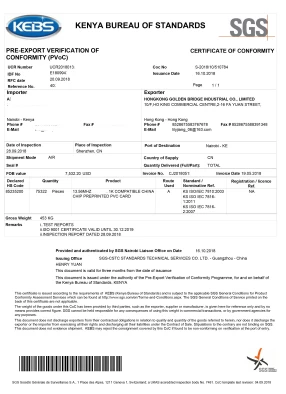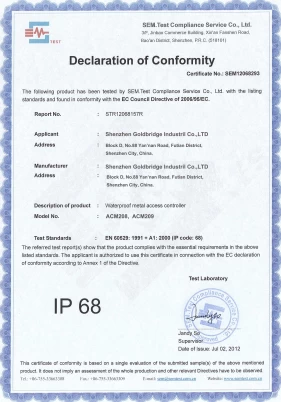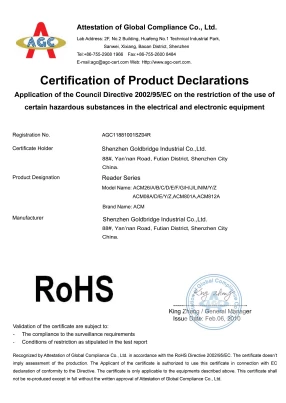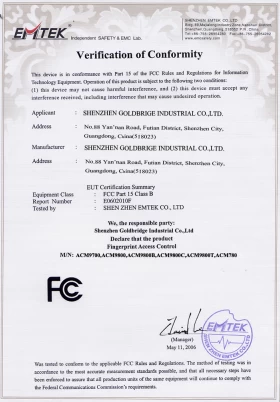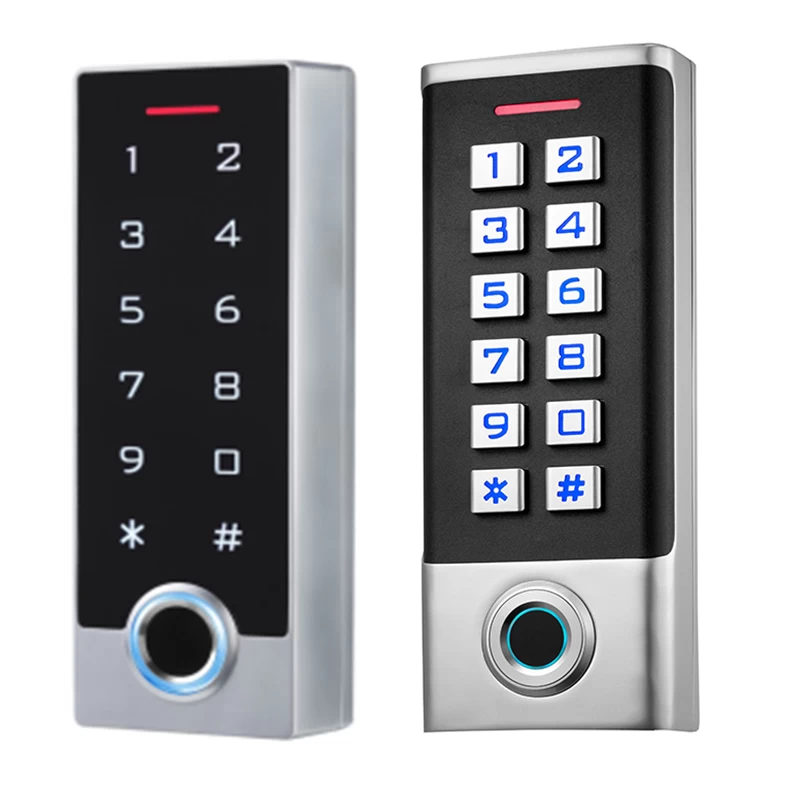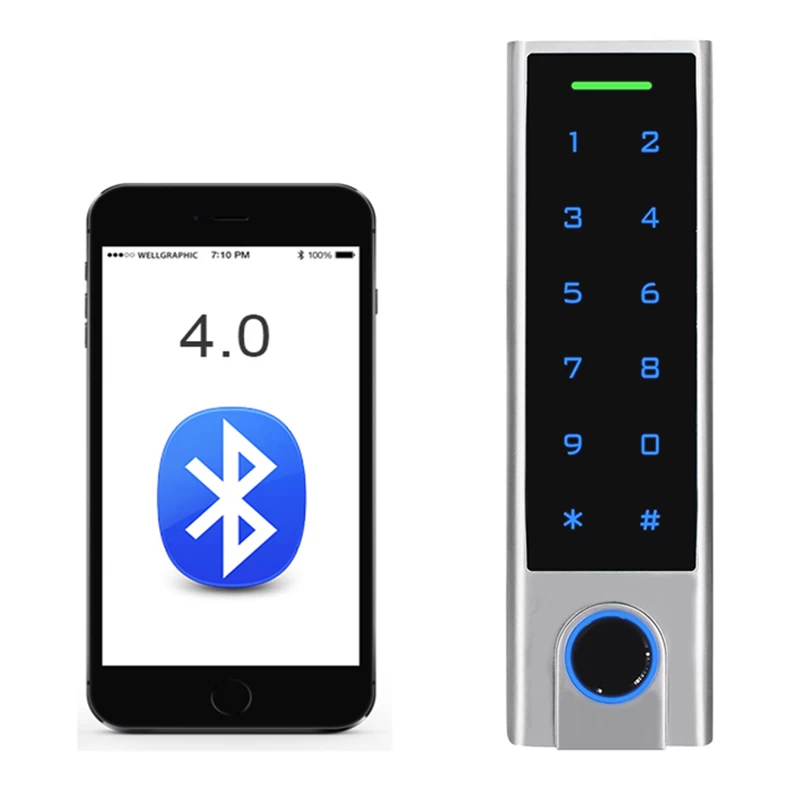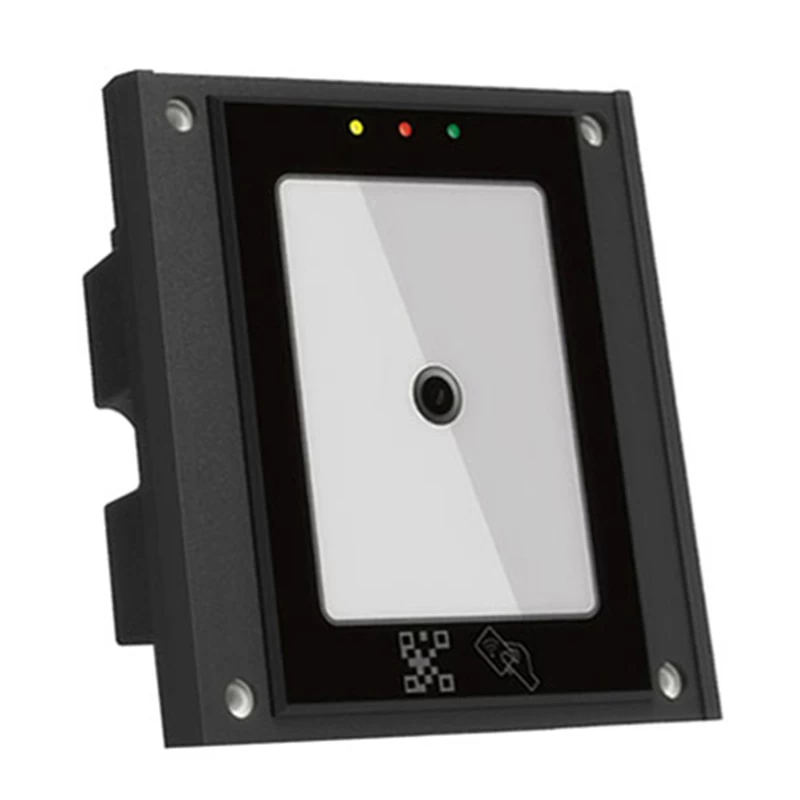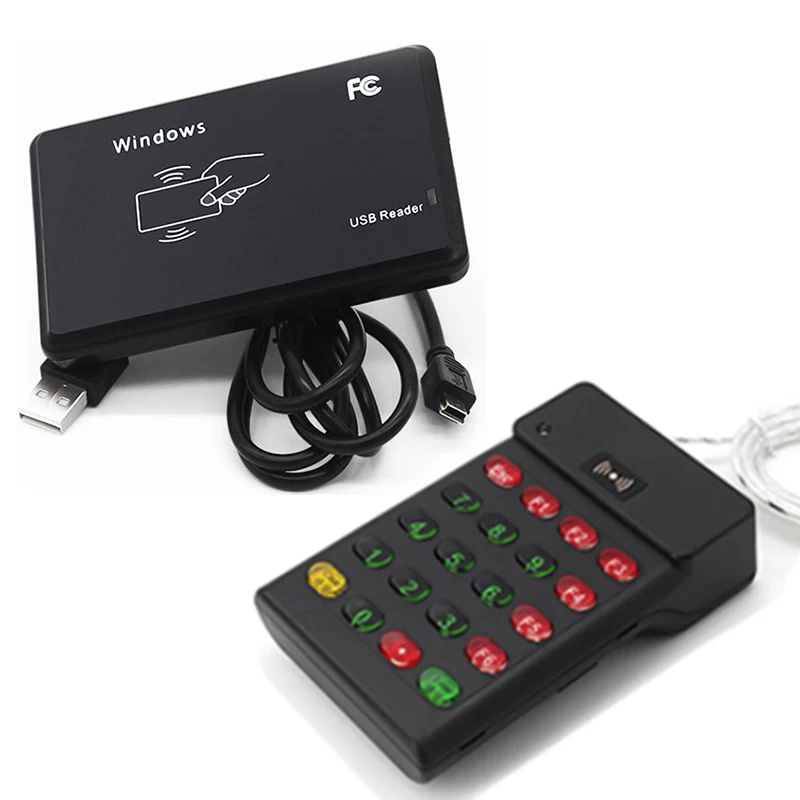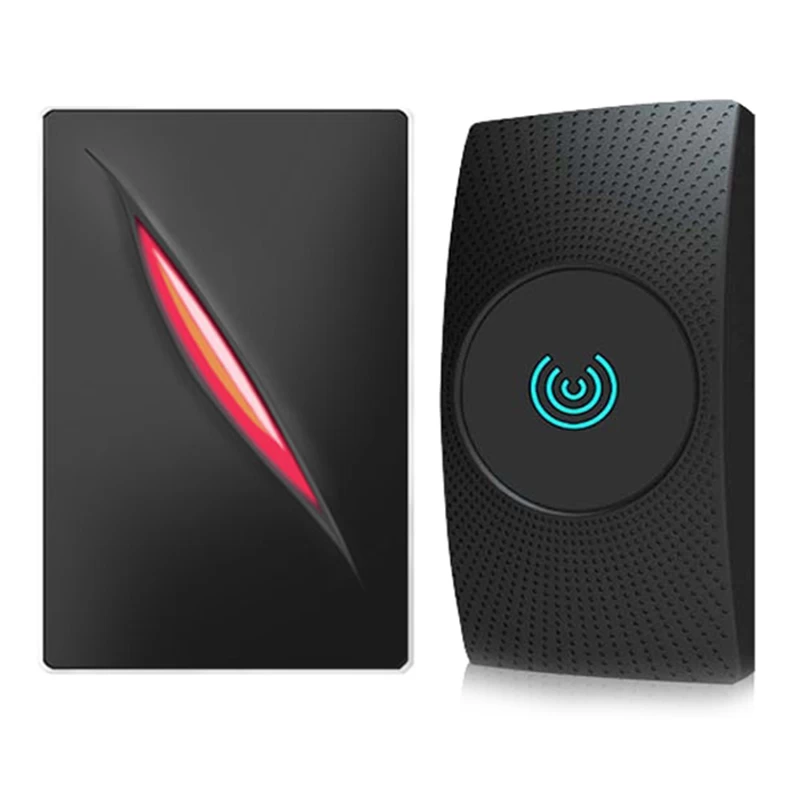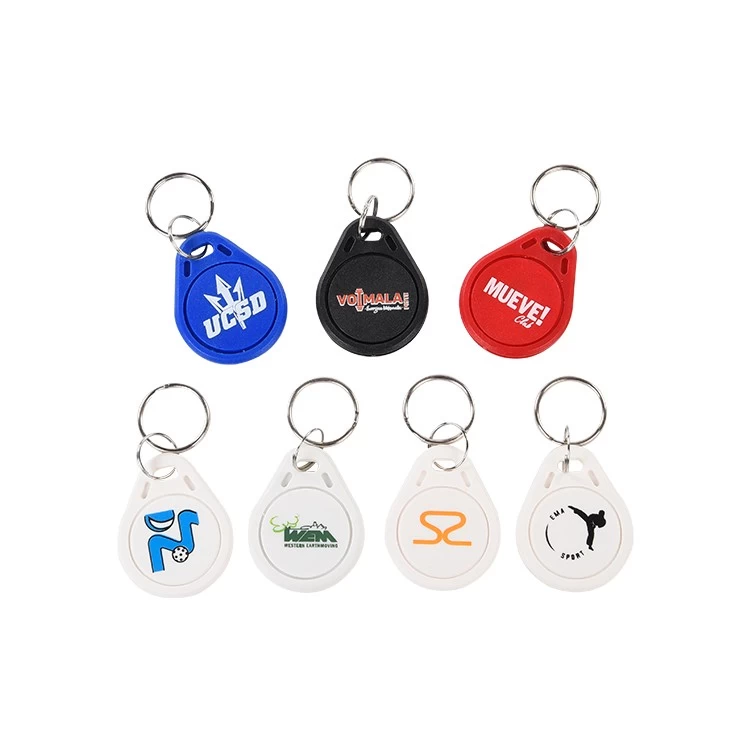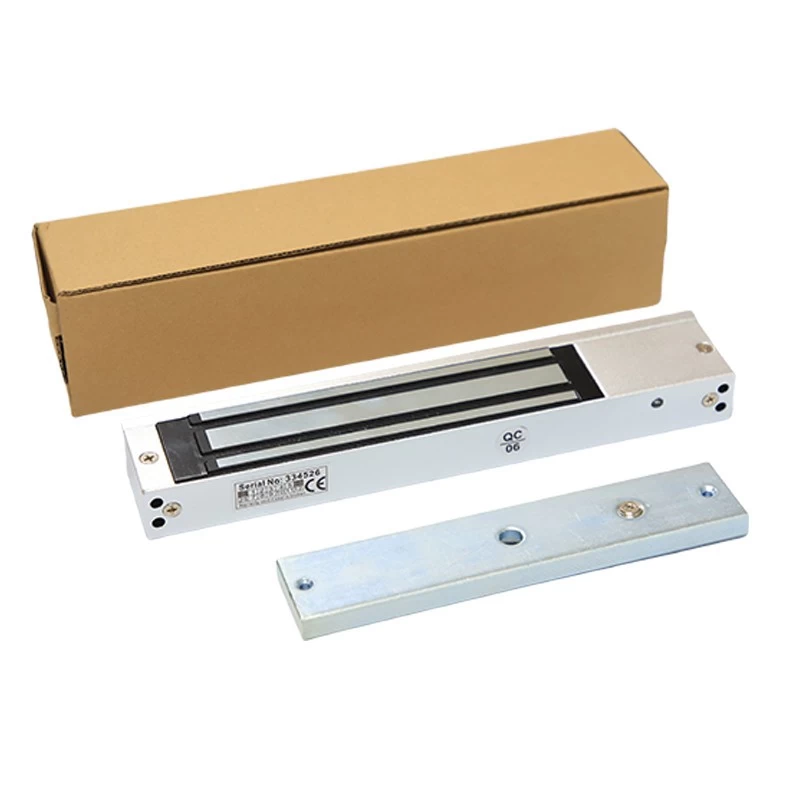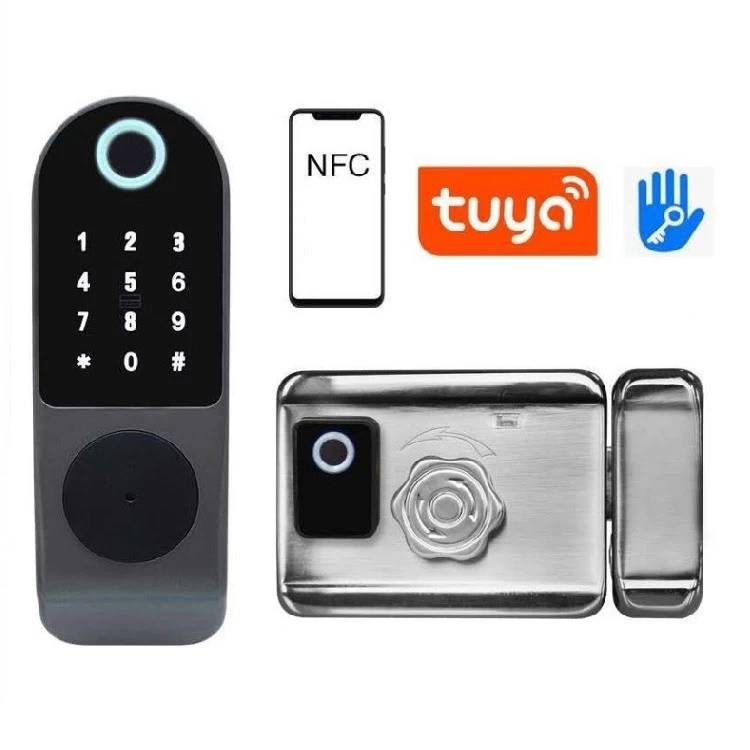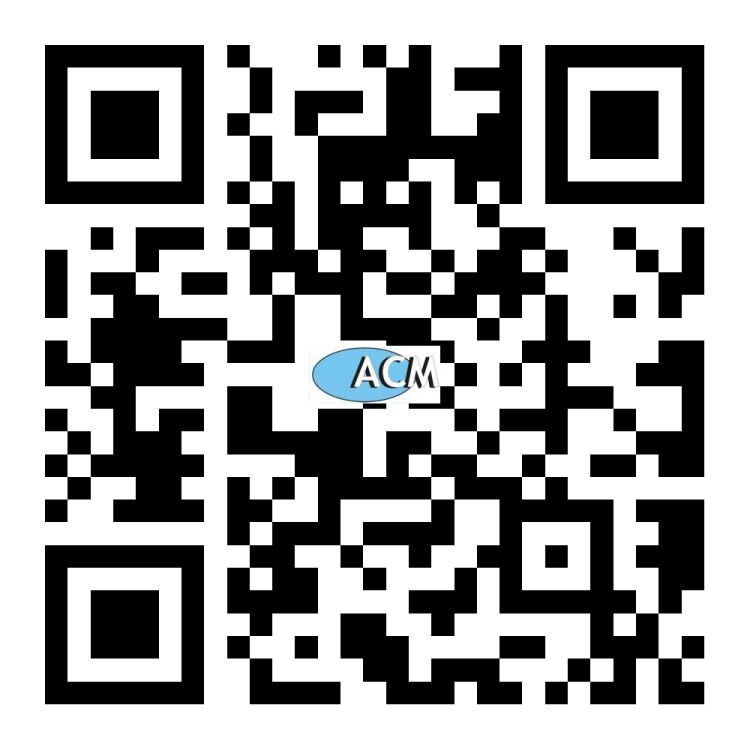RFID safety locks improve the safety of manufacturing and industrial equipment maintenance
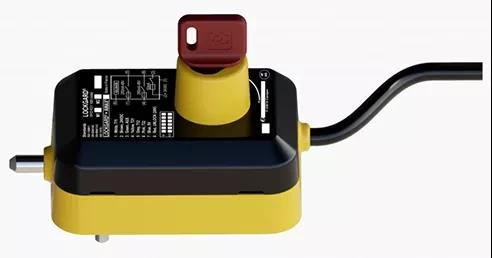
With the help of RFID technology, the staff can turn off the power of the equipment when entering the confined space or when maintaining the machine, and anyone else will not put them in danger by turning the power back on unintentionally, because it is necessary to turn the power back on the equipment. The unique ID of the security lock. This equipment is used in the manufacturing industry to maintain machines and valves in safe areas.
In the working environment of the manufacturing industry, there are risks in operating machinery, including electrical accidents or operating errors, and these risks may harm workers who are operating or maintaining the machinery. Generally, before maintenance, companies use mechanical keys to open or close equipment, or use padlocks to restrict access to safe areas such as secure roofs, or stop machines with dangerous motion or inertia, such as machines in sewing rooms.
BUT
In this regard, Hélène Lamazou, export sales director of Comitronic BTI, said that this manual locking system may cause human error. For example, once the staff have not noticed that the padlock has been opened, or they may not be able to find the staff who is operating the equipment, then the padlock will be turned on when the padlock is affected by mechanical moving parts or electric currents, which may lead to work accidents.
Lockgard system
Comitronic BTI, headquartered in Bordeaux, was founded in 1981 and has been producing multi-coded non-contact safety switches since 1994. The company mainly produces machineized components and automation components with digital intelligence and mechanical locking functions. Recently, Comitronic BTI released the Lockgard system using 125 kHz low-frequency radio frequency identification technology and sold it globally. The company stated that the goal of its solution is safety first, while also ensuring consistent equipment operation. Therefore, the challenge is how to implement simple and operable solutions to avoid operational errors that may be caused by equipment downtime or damage.
The Lockgard system is equipped with a built-in LF RFID reader and an RFID key with a code dedicated to the reader. (The company's RFID products use 16 million unique passwords). Lamazou said, "This device will automatically remember the RFID password of the key when the key is opened for the first time, so there is no need to use a personal computer or some software for subsequent operations." The Lockgard system can be used to lock the door, or it can be connected to the rotating door. Switch on. In either case, it will be connected to the required mechanical device, which can automatically operate to turn on or off the power to the equipment.
Lockgard M1
There are two versions of the system, Lockgard M1 and M2. Both versions of the Lockgard device need to read data through an RFID tag to be activated.
Lockgard M1 is equipped with a rotary switch to manage the device. For example, if maintenance personnel need to operate a ceiling fan, they can use the M1 system to turn off the fan and ensure that only they can reopen the ceiling fan when it is safe. If the motor of the fan or other equipment is running, the electrical contacts in the Lockgard M1 lock will be closed and the auxiliary circuit will be disconnected.
The key has a unique ID number or code, and only the unique ID number or code is authorized for a specific lock before it can be used together. Only when the key is locked in place, the RFID code can be queried through the built-in card reader of the locking device. To turn off the power of the machine, the user needs to turn the rotary switch to the "off" position to activate the unlock command. In other words, they need to turn the key and loosen the bolt, and then they can remove the RFID key. "Users can carry their keys with them and work under safe conditions.
Lockgard M2
Second, the larger version Lockgard M2 operates similarly to the M1 version, but the difference between the two is that when entering a fence or gate area or room, Lockgard M2 can be connected to a gate, or in a safe area Disable the rotary switch of the machine. When in the locked position, the bolts of the Lockgard M2 are expanded to lock the door. The RFID key in the device transmits its ID number to the card reader, thereby keeping the lock activated.
If an individual needs to enter a room containing a cutting machine or sewing machine, they can turn the RFID key counterclockwise, check the red indicator light and remove the key. Only by doing this can they enter the room or area. Even if someone cannot see the maintenance workers in the area when they walk over, they cannot close the gate without the key and prevent them from turning the power back on.
Lockgard device & key issues
Lockgard is usually connected to the company's editable controller, and the user can connect to the company's safety PLC touch screen or safety relay monitor related to the switch status to monitor information when using it. Companies can use this data at their own discretion. For example, they can track how often or when an individual enters a room, or turn off the power to a given machine. The LED indicator can also show that a bad RFID code is being read via a single pulse signal (indicating the wrong key). Companies can request additional keys for the lock during the purchase process, and Comitronic BTI will provide multiple keys. Of course, these keys are equipped with a unique ID number for the lock.
"This is to reduce the risk," Lamazou said. "Therefore, a device is usually equipped with two keys." The company chose to use RFID so that it is impossible for unauthorized parties to copy the keys. Because the solution only accepts one code and the key cannot be copied, it can assure the enterprise that the key will not end up in the wrong hands. If the key is damaged, lost or stolen, Comitronic BTI can provide an erasure key that will reset the code in the RFID reader and then embed the new code in the new key in the device.
So far, the Lockgard system has been used by companies that require mechanical locking devices, such as printing presses. Companies that deploy the system include companies that have pallet packaging, packaging machines, or robotic machines, as well as other companies that produce in the fenced area. "This is a niche market," Ramazou said. "Until now, customers involved in manufacturing and industry have only used padlocks."
Another solution that supports the RFID version will be released in October this year. It will be used in large machines with greater inertia, such as sawmills or recycling or other large-scale machine-operating factories.
Today, the Lockgard device is priced at 274 pounds (326 US dollars), and its protection level is IP65.


